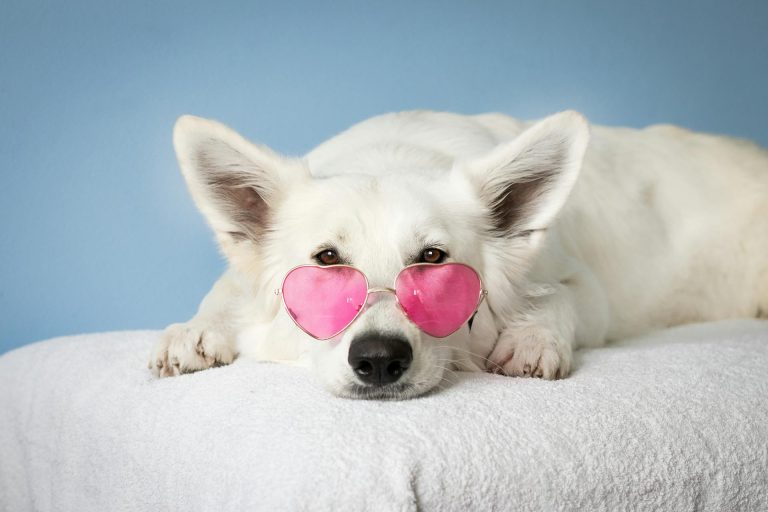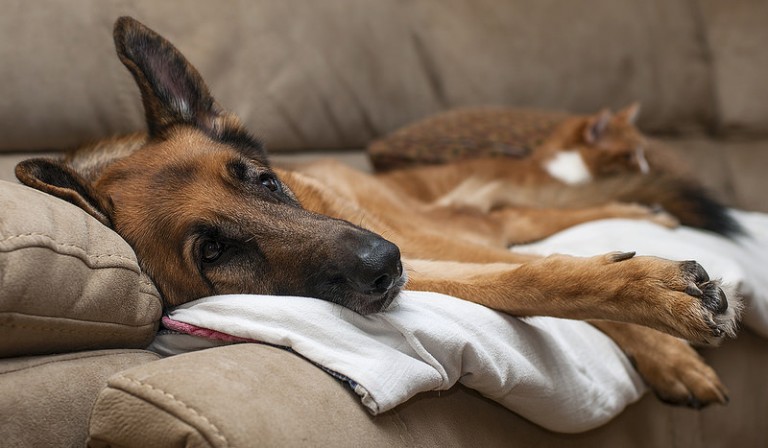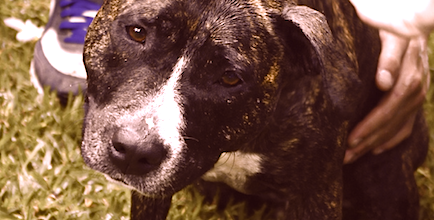Top 6 Absolute Worst Dog Food Ingredients
Take a look at your pet food label, and if you see any of the following phrases, put the bag or can down and move on to the next product.

Thank you for subscribing to Petful Recall Alerts. You’ll now receive important pet food recall updates directly in your inbox based on your subscription preferences. You can update those in the footer of the emails we send you.
Take a look at your pet food label, and if you see any of the following phrases, put the bag or can down and move on to the next product.

Dave Baker is a journalist and editor who has worked at The New York Times and The Nation magazine. He was also part of the 2006 Pulitzer Prize–winning team at The Times-Picayune newspaper of New Orleans. After the devastation of Hurricane Katrina, he moved to Brooklyn, New York, where Petful is now based. A longtime advocate for pet food safety, Dave tracked pet food recalls for nearly 15 years.
Learn more
Dog diapers can be a lifesaver for managing incontinence, heat cycles, or recovery. Learn how to put a dog diaper on your pooch, choose the right type, and ensure a comfortable fit while keeping your home clean and your pup happy.

Dogs are full of surprises! From their unique nose prints to their ability to dream, there’s so much to learn. These fun facts about dogs will deepen your appreciation for your furry friend and impress fellow dog lovers.

Allowing your surviving pets to “say goodbye” during pet funeral services might help them — and you — adjust to household changes after a pet’s death.

The Staffordshire bull terrier is a muscular and affectionate dog often plagued by breed-specific laws. Read more in our breed profile.

Active, playful and oh-so-adorable, the soft-coated wheaten terrier is also a courageous watchdog and a devoted member of the family.

Is the Vizsla the right dog for you? Read more about this energetic and affectionate dog in our Vizsla breed profile.

Don’t leave your pet’s food safety to chance
Sign up for Petful recall alerts today.
Don’t leave your pet’s food safety to chance
Sign up for Petful recall alerts today.

